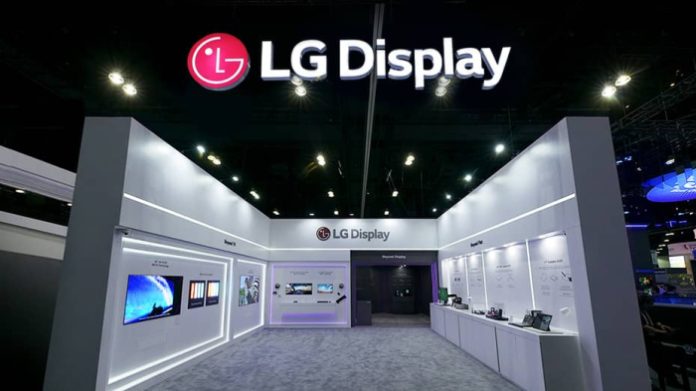
As demand for TCL and Hisense TV’s surge, struggling OLED TV brand LG has moved to sell one of their factories to TCL, who is looking to expand their Micro LED TV production. LG is also facing price rises for their LCD panels due to pressure from Chinese display panel manufacturers.
LG Display, who have struggled to be competitive despite dominating OLED TV production, has sold its facilities in China to a subsidiary of Chinese tech giant TCL Group for US$1.5 billion as they look to restructure their TV display business, which appears to be more about selling advertising and collecting consumer data today than delivering a range of affordable TV’s.
Earlier this year, LG Display posted its first profit in seven quarters on more shipments of smartphone screens than TV panels, with the business now selling assets in an effort to bolster their balance sheet.
In Australia, LG Electronics reported a 21% decline in revenues.
In a regulatory filing, the company said it has signed an agreement to transfer its stake in its liquid-crystal display (LCD) panel and module factories in Guangzhou, China, to China Star Optoelectronics Technology, following approval from its board of directors.
The deal is expected to be completed by March 31, 2025, according to the company.
Previously, LG Display held an 80 percent stake in the LCD plant and a 100 percent stake in the module factory.
The sale is part of the company’s broader strategy to try and shore up their OLED business, which is now coming under pressure from Chinese manufacturers who are able to manufacture OLED panels cheaper than LG Display in South Korea.
They are also under pressure in the LCD market.
The surge in Chinese LCD and OLED panel production is leading to price fluctuation in TV, monitor, and display panel prices.
Chinese companies are leading the rise in panel prices, leveraging their dominant position in the global LCD market.
As of last year, Chinese firms held a 60.8% share of the global LCD market, significantly overshadowing Korea’s 10.1%.
By adjusting production rates, Chinese companies are demanding price increases from TV manufacturers, causing a ripple effect across the industry.
According to market research firm DSCC, the price of the most in-demand 55-inch LCD TV panel surged from $122 in January to $132 in May.
This increase has had a notable impact at LG Electronics.
On August 17, according to the service’s electronic disclosure system of the Financial Supervisory Service, the price of display panels for TVs and monitors at Samsung Electronics increased by 12% in the first half of this year.
The panel purchase cost for the DX (Device Experience) division during this period was approximately $2.837 billion, a staggering 96.3% increase compared to 1.9521 trillion won in the same period last year.
Similarly, LG Electronics experienced a 13.4% rise in the average price of LCD TV modules in the first half of this year compared to the same period last year. The module purchase amount for LG increased by 29.5%, from 1.4219 trillion won to 1.8418 trillion won.
Locally, LG Electronics Australia delivered a massive 21% slump in revenues, with the company struggling to lift sales of their OLED TVs and premium appliances after the business chose to jettison the affordable premium and value market for a larger share of the premium market for appliances and TVs.
Sales for the last financial year as of December 2023 fell from $1.206 billion to $947 million, a fall of $259 million or 21% as OLED sales faltered.










